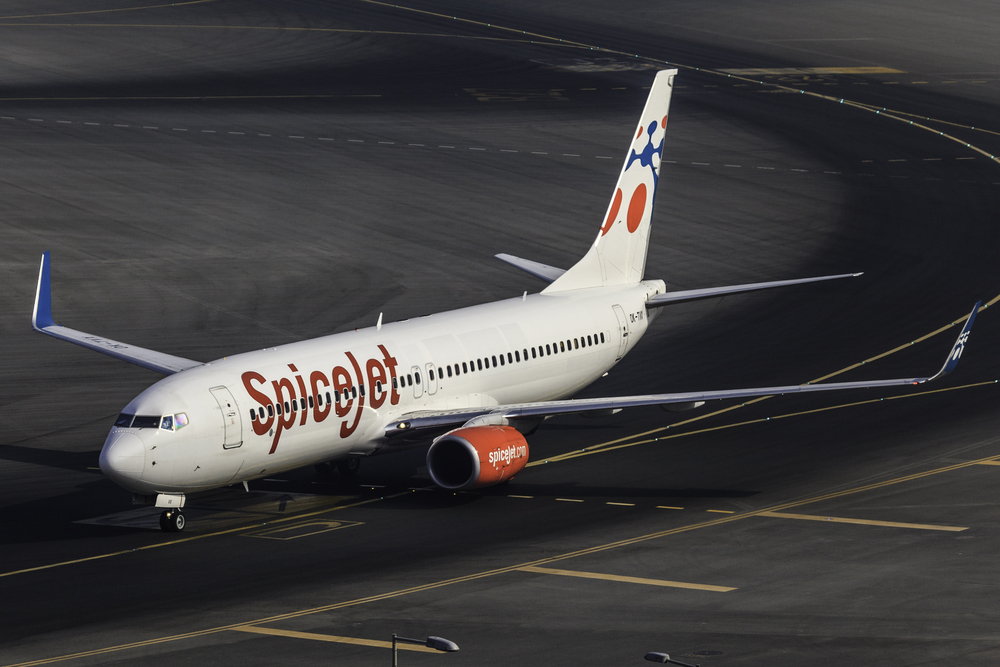The directorate general of civil aviation has issued an advisory to all airlines asking them to instruct their pilots to “refrain from landing with unstabilised approach while experiencing adverse weather conditions”.
The advisory comes a day after a SpiceJet flight with 160 passengers on board had on Tuesday veered off the centre line of Calcutta airport’s main runway and smashed four runway edge lights before the pilot could steer it back to path amidst heavy rain and crosswind. The DGCA is investigating into the matter, the fourth such accident across runways in the country since Sunday.
“We are extremely concerned by the recent incidents of overshoot, skidding, hard landing etc. The airlines have been advised by way of an Air Safety Circular yesterday on precautions to be taken by air operators while planning operations during monsoons,” according to the advisory.
“We have also instructed heads of flight safety of the airlines to include in their safety briefings to pilots, an express instruction to refrain from landing with unstabilised approach while experiencing adverse weather conditions and initiate a go-around. As safety cannot be compromised at any cost, all concerned are requested to strictly comply with the instructions. Non-adherence shall invite appropriate punitive action.”
Calcutta airport officials had said on Tuesday that the SpiceJet pilot alerted the air traffic control that it was difficult to see things properly because of the heavy rain.
The Pune-Calcutta SG-275, a Boeing 737-800 series aircraft, reached the parking bay safely after veering off the centre line but with a scratch on one of its tyres.
On Sunday, an Air India Express flight veered off a taxiway in Mangalore and in Surat, a SpiceJet plane overshot the runway.
Another Air India Express plane brushed the surface while landing in Kozhikode on Monday.
Once the ATC alerts a pilot about the prevailing weather condition at an airport, it is the pilot’s call whether to land or make a go-around, a city airport official said.
A pilot of another private airline said there were several factors they had to take into account before landing amidst heavy rain. The plan for landing has to be calculated on the load and size of the aircraft, he said. “We have to gather information from the ATC if any pilot had reported poor braking on the runway. We must know the visibility and speed of crosswind.”
The pilot said it was essential to land at the prescribed touchdown point and not deviate by even a few metres. “This gives the maximum runway length for reducing the speed of the aircraft.”











